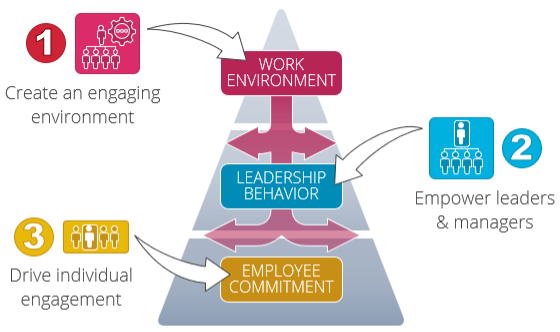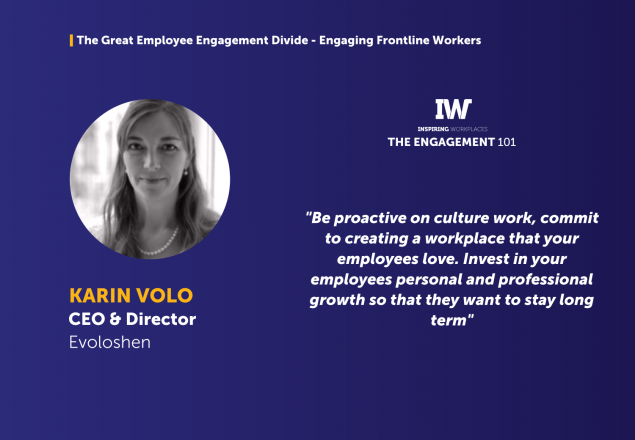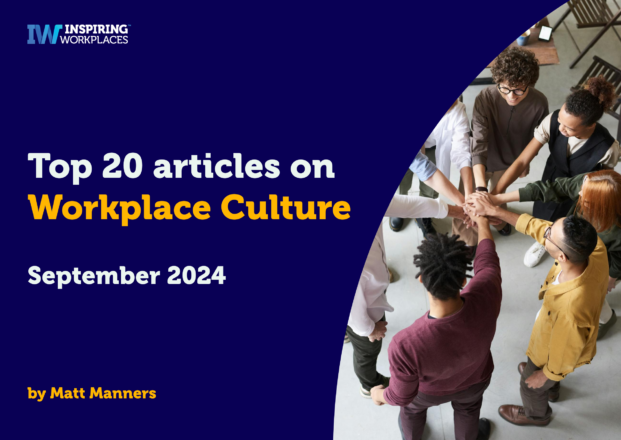
29th August 2024
Guest Post: Engagement Essentials: Addressing the Three Biggest Mistakes Organizations Make

This guest post was written by Dr. Dieter Veldsman, I/O Psychology & Research Thought Leader to Mindset.
The recent Gallup State of the Workplace Report revealed that employee engagement and well-being levels in the U.S. have decreased in the past 12 months. This downward trend is not surprising given the current turbulence from political divides, labor market uncertainty, and economic hardship. However, this is only part of the story.
Beyond the external factors influencing employee engagement, another significant reason for declining levels is that many organizations still approach engagement in a siloed, ad-hoc manner. This often leads to disgruntled employees who feel disrespected and ignored instead of empowered and heard.
We observe three common mistakes organizations make when approaching employee engagement:
Mistake 1: Treating Employee Engagement as a Metric, not a Strategy
Employee engagement has become a critical HR and managerial metric in many organizations. While there is some value to using these insights, using engagement solely as a metric is limiting and potentially harmful. Engagement should not be about the survey or platform, but about using insights to inspire action, guide focus and priorities, and co-create with employees.
A recent study of fifty top-performing organizations revealed that they all included employee engagement in their business strategies. What set them apart was their view of engagement as both an outcome and a practice, not merely a measurement or health metric for reporting.
Mistake 2: Using Outdated Employee Listening Methods
Many organizations have moved away from relying solely on annual employee engagement surveys, favoring pulse surveys and in-the-moment experience measures. While these approaches are valuable, they must be part of an integrated listening strategy that collects different types of feedback at various times and levels within the organization. We see listening to take place for multiple reasons, such as:
- Listening as a form of continuous feedback on workplace experience,
- Listening as a form of co-creation and problem-solving,
- Listening as a form of resolving critical issues and
- Listening is a form of measuring desired experiences in crucial moments over time.
Organizations must be clear about their rationale for listening and transparent with employees about how, where, and when listening will occur. This helps manage the expectation of what will be done with the input and how it will be utilized.
Mistake 3: Stalling in Inaction Instead of Prioritizing Incremental Changes
Engagement data and insights can be overwhelming, leading to inaction. We often want to showcase the depth of our insights instead of helping prioritize small changes that can incrementally improve engagement over time. Additionally, failing to connect interventions with feedback often leaves employees feeling unheard.
These mistakes are not insurmountable, but organizations that get it right, adopt a different approach to employee engagement.
Adopting a Holistic Employee Engagement Approach
Our work with clients over the last ten years has shown successful organizations adopt a holistic employee engagement approach. This approach focuses on three key levels of engagement simultaneously to build engagement from the top down and the bottom up:

Level 1: Creating an Engaging Environment
The first level focuses on ensuring that workplace hygiene factors such as tools, policies, and the physical environment are enablers, not barriers, to engagement. Additionally, cultivating cultures that promote development, performance, and adequate reward practices also creates an environment where employees can be engaged.
Level 2: Empowering Leaders and Managers
Direct managers and leaders are crucial drivers of engagement. Our data shows that more than 80% of engagement variance can be directly attributed to manager behavior. At this level, the focus needs to be on enabling managers to create trust, set direction, and foster a sense of belonging within their teams.
Beyond building core leadership competencies, we find that using a nudge approach to reinforce positive behaviors over time is particularly effective.
Level 3: Driving Individual Engagement
At this level, engagement focuses on the individual employee experience, emphasizing meaningful work, recognition, belonging, and opportunities for feedback. Engagement at this level is a shared responsibility, with individuals needing to actively choose to improve their engagement levels.
Getting Started
Employee engagement is a continuous process that extends beyond point-in-time measures, surveys, and interventions. A holistic approach that simultaneously addresses individuals, managers, and the environment is necessary for engagement to be successful.
At Mindset Management, we use our validated Flow@Work engagement model to identify priorities at each level and ensure the drivers of employee engagement are in place for holistic and sustainable success.





